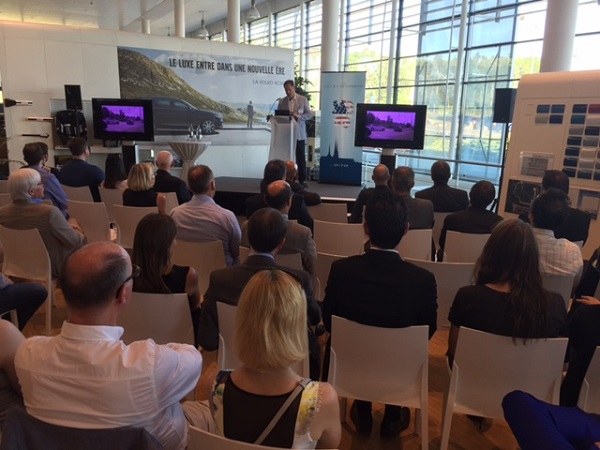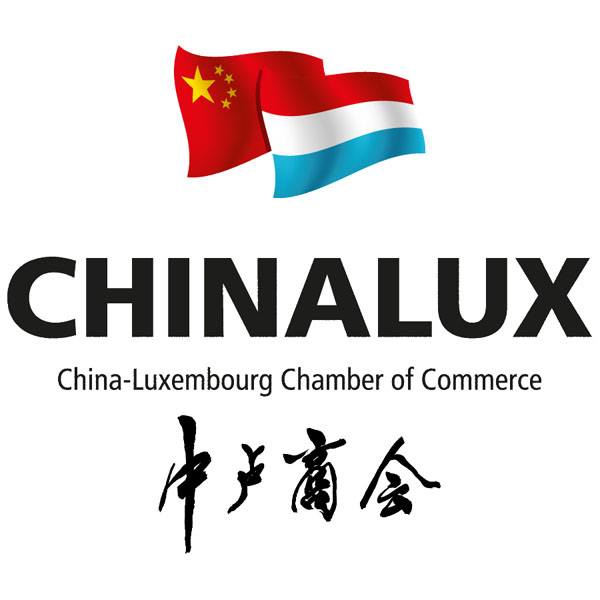
Autonomous driving started out with cruise control and evolved through a number of European projects which are heading towards autonous driving, which now includes features such as self-parking.
René Aerts of VolvoBeNeLux talked about current and upcoming trends including Drive-E, IntelliSafe, Sensus, etc., which are primarily addressing global megatrends; the main benifits of automous driving include safety issues, fuel consumption, more care of the environment, use of time and more. He talked about Volvo's Vision 2020 when nobody should be killed or seriously injured in a Volvo car. Evolving towards zero requires a lot of investment.
The Drive-Me pilot project is to choose 100 vehicles in 2017 to drive autonomously around Gothenburg, where radars and sensors provide 360 degree visibility and combine with real-time traffic information to ensure autonomous driving; however, overall, issues such as insurance liability still have to be completely understood and clarified.
Gary Cywie of Allen & Overy addressed various legal considerations and challenges which need to be addressed before autonomous driving does become reality. He explained that some guidance is coming from policy-makers which currently address driving features such as cruise control in semi-automous cars, but fully-autonous cars need to be considered very differently.
He revealed that 5 states in the US are currently allowing a form of autonomous driving. By 75% of new vehicles will support autonomous driving. With 93% of current accidents caused by driver error, the scope for improving road safety is enormous. He also predicted that the trend of autonomous driving will end private vehicle ownership.
He also explained that decision-making will be taken by software which will be programmed in advance, and stressed that we are not ready (ethically, at least) to have such decisions made for us, particularly looking retrosectively in case of an accident. He did concede, however, that some private areas, such as airports, could be used as a test-bed for such vehicles. He said that in a few years time, most US states will have some legislation in force about autonomous driving.
In Europe, he explained, legislators are concerned about the driver havign the possibility to resume control of an autonomous vehicle. Here in Luxembourg there are few government initiatives, but it have adopted the Geneva convention on road traffic, in which the driver must be able to slow down and stop the vehicle. He used the example of a vehicle approaching a school zone where there are no visible signs.
Regarding liability and insurance, this could be a barrier to the development of this industry; he said there needs to be a shift in thinking in various areas in terms of many areas. The quality if the design of the software may be one area in which insurers will look; another area of potential concern is that of Internet connectivity remaining active, with data privacy and cyber security other key issues. He also asked will there still be a need for driving licences?
German Castignani of the SnT at the University of Luxembourg presented details two projects around autonomous and connected vehicles. He explained that the research projects address issues surrounding communication networks; networking is as important of the vision - what is the best way to provide reliable connectivity to vehicles? Using hetrogeneous networks, they use contextual connectivity to vehicles: this includes selecting access points and connecting them efficiently. Using a simulation of the city of Luxembourg they can evaluate network access points, to provide automated wifi access based on what signals are being expected. Using a Linux machine with wifi connectors, and a known route including start and destination points, they see some plateaux when there is no connectivity; they can reduce significantly these problem areas - they are currently at 95% coverage.
He asked how to make use of such communication solutions to support autonomous driving. He explained how they use simulators to test algorithms that then results in recommendations for improvement in the algorithms for which test test again, using different simulation environments.
He also talked about other ICT projects in relation to vehicle automation, including sms communication.
On Monday evening, AMCHAM Luxembourg held an evening seminar at the premises of autonomous driving at the Autopolis car showroom in Bertrange. Marc Schambourg of POST Luxembourg and representing the ComIT committee of AMCHAM had welcomed the 50+ members and thanked Autopolis for hosting the event.
Photo by Geoff Thompson








